You are about to finish your registration. Please check your mailbox (including spam folder). There should be a letter with a confirmation link. Check setting to make sure that your e-mail address is correct.
Send letter againDescription
Gibraltar is a British Overseas Territory located at the southern tip of the Iberian Peninsula. It has an area of 6.7 km2 (2.6 sq mi) and is bordered to the north by Spain. The landscape is dominated by the Rock of Gibraltar at the foot of which is a densely populated city area, home to over 30,000 people, primarily Gibraltarians.
An Anglo-Dutch force captured Gibraltar from Spain in 1704 during the War of the Spanish Succession on behalf of the Habsburg claim to the Spanish throne. The territory was ceded to Great Britain in perpetuity under the Treaty of Utrecht in 1713.
Obverse

|
Fourth crowned portrait of HM Queen Elizabeth II facing right, wearing the Girls of Great Britain and Ireland tiara. GIBRALTAR ELIZABETH II |
|---|---|
Reverse

|
Barbary macaques left divides denomination, candytuft flowers below. Dieletters (AA, AB) between the monkey and left flower below. Mintmark of the Pobjoy Mint (PM) under the right flower. FIVE PENCE |
| Edge |
5 Pence
4th portrait
KM# 775
Characteristics
| Material | Cupronickel |
| Weight | 3.25 g |
| Diameter | 18 mm |
| Thickness | - |
| Shape |
|
| Alignment | Medal |
| Mint |
Pobjoy Mint (PM)
|
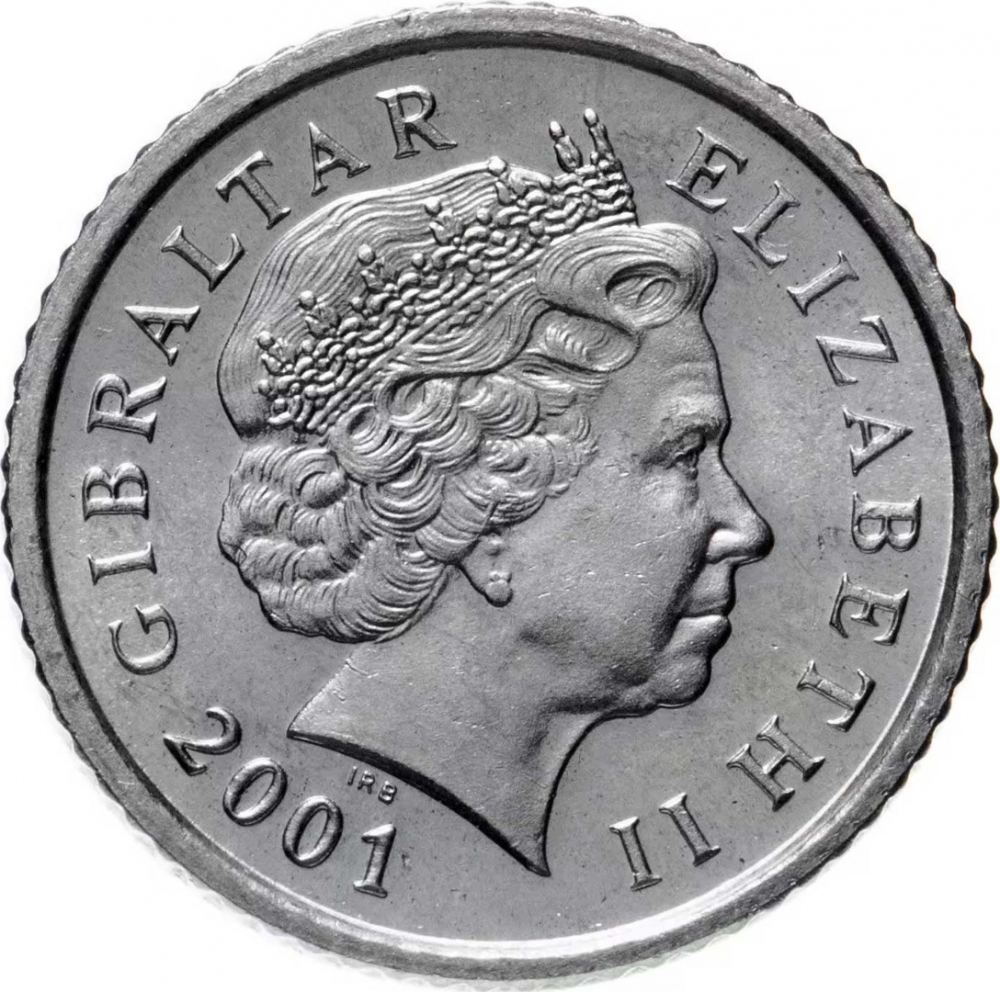
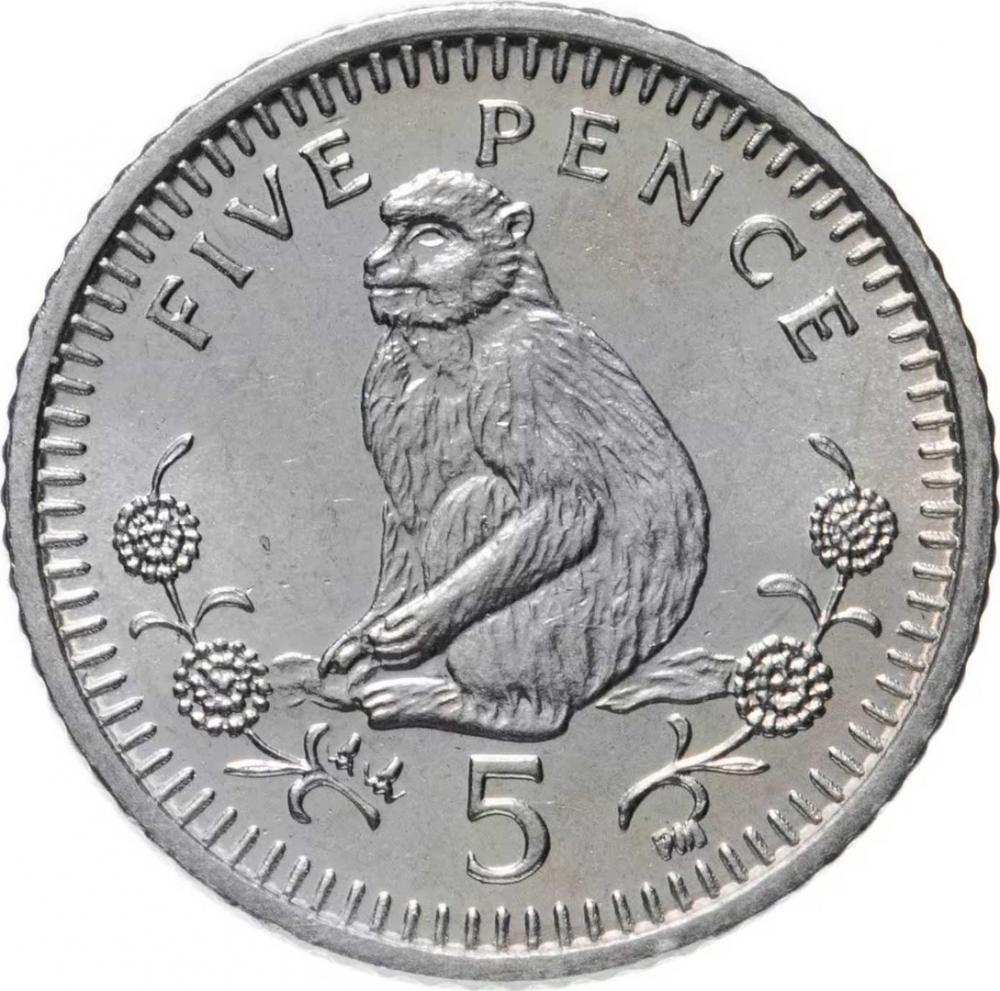
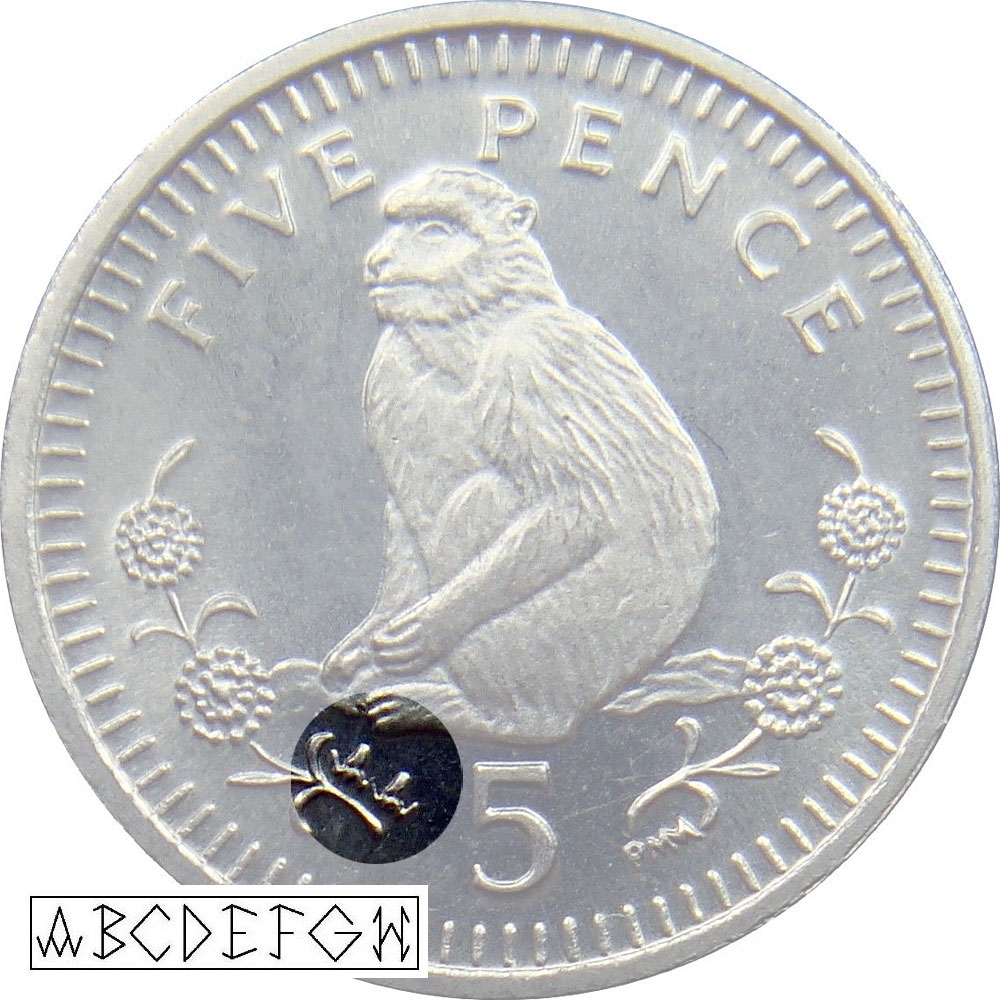

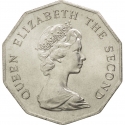
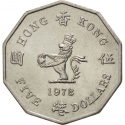
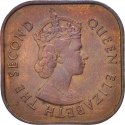

_Pounds_50/1998-2006_01.10.2024_14.38-125.jpg)
_Pounds_50/1998-2006_01.10.2024_14.38_01-125.jpg)